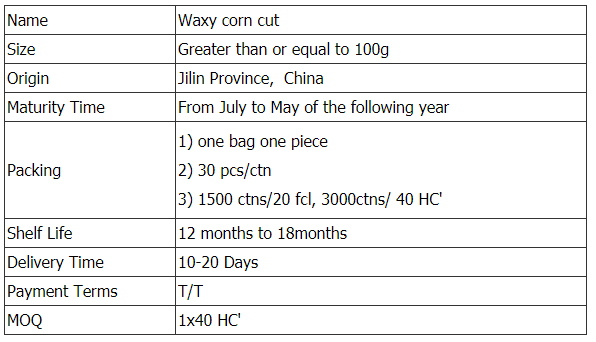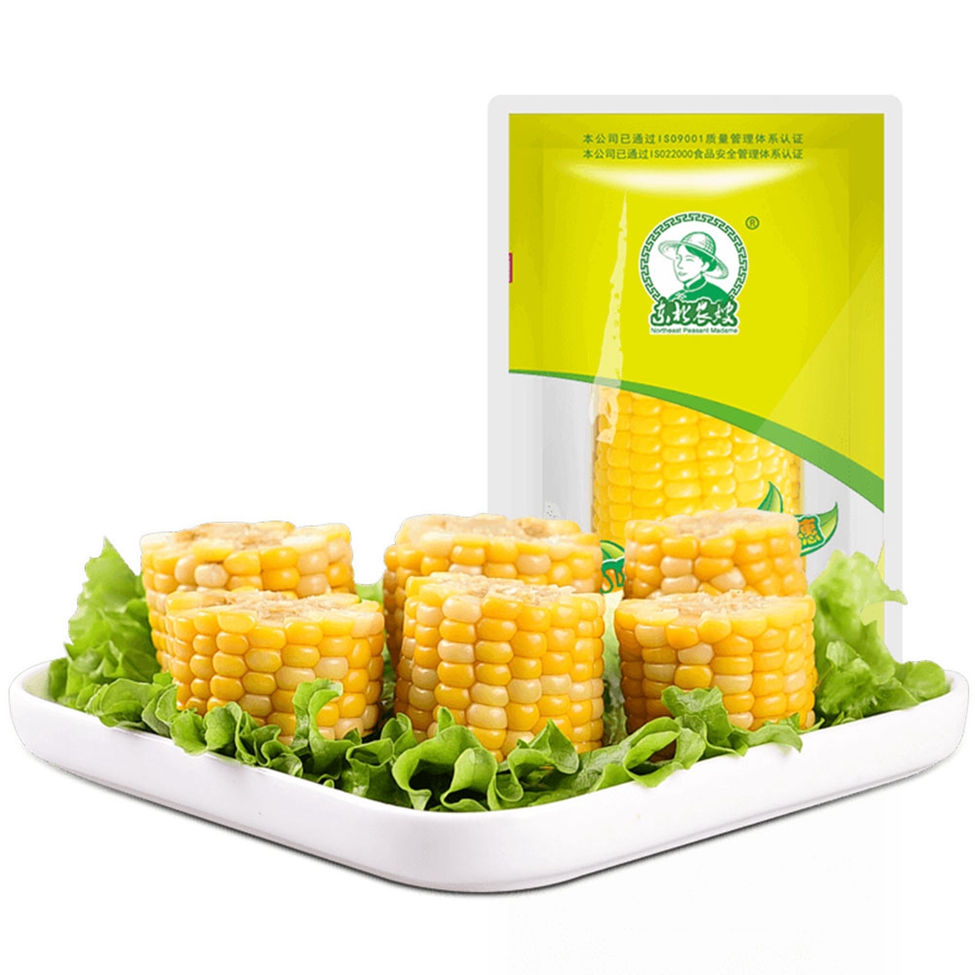Study on Test Method of Diffusion Coefficient of Gas in Film
Abstract: The diffusion coefficient is an important parameter for studying the gas permeation behavior in materials. In this paper, the differential pressure gas permeation instrument is used as the test equipment. The diffusion coefficient of oxygen in PET film samples is analyzed by time lag method. The research principle, equipment parameters, application range and test process are introduced to study the gas. The diffusion coefficient in the film provides a reference. Key words : gas diffusion coefficient, differential pressure gas permeation instrument, oxygen diffusion coefficient, PET film, time lag method, gas permeation, oxygen permeation, oxygen permeability coefficient 1 , meaning According to the existing theory, the microscopic process of gas permeation in thin film materials is characterized by dissolved adsorption-diffusion-dissolution desorption. The diffusion of gas in the material is an important parameter to determine its permeation behavior. The diffusion coefficient is usually used to characterize the diffusion ability of the material. . Factors affecting the diffusion coefficient include temperature, gas molecular diameter and its interaction with thin film molecules, internal structure of thin film materials, etc. By studying and testing the diffusion coefficient of gas in the film, it is beneficial to analyze the gas permeation behavior in the film. And the influencing factors provide theoretical basis and data support for improving the barrier properties of materials and improving the separation ability of different gases. 2 , test samples In this paper, oxygen is used as the test gas, PET film is used as the test sample, and the diffusion coefficient of oxygen in the PET film is tested. 3 , test methods The diffusion coefficient test method of gas in the film material includes a half-time method, a prediction method, and a time lag method. The half-time method needs to remove the test gas in the film material by vacuuming or other methods, and then adjust the gas on both sides of the film to The isobaric test gas and the carrier gas are calculated. After the osmotic equilibrium is reached, the diffusion coefficient of the test gas is calculated. Currently, this method can only test the diffusion coefficient of oxygen, and is usually tested by an equal pressure oxygen transmission amount detecting device; The complex calculation predicts the diffusion coefficient of the gas; the time lag method is to make the lag time of the test gas reach the osmotic balance on both sides of the film under the condition that the one side of the film is in a high vacuum and the other side is a certain pressure test gas, and the gas diffusion is calculated. coefficient. In order to ensure the test accuracy and improve the contrast of different gas diffusion coefficients, this paper uses the time lag method to conduct research and test. The operation process is based on GB/T 1038-2000 "Phase Difference Method for Plastic Film and Sheet Gas Permeability Test Method". 4 , test equipment In this test, the VAC-V2 differential pressure gas permeation instrument was used as the testing equipment. The equipment was independently developed and produced by Jinan Languang Electromechanical Technology Co., Ltd. Figure 1 VAC-V2 differential pressure gas permeation meter 4.1 Principle of the test The sample clamped in the test chamber divides the test chamber into upper and lower chambers, and the lower chamber is evacuated to form a high vacuum environment, and the upper chamber is filled with a test gas of a certain pressure. The test gas will permeate from the upper chamber through the sample into the lower chamber, and the pressure change in the lower chamber can be monitored in real time by the pressure sensor, and the relationship between the pressure in the lower chamber and the time is plotted. When the osmotic balance is reached, the system will automatically extend the reverse phase. The lower chamber pressure-time curve intersects with the time axis at time point t 0 , which is the lag time. The diffusion coefficient D of the test gas is the ratio of the square of the film sample thickness d to 6 times the lag time. D = d 2 /6 t 0 Figure 2 Time lag method t 0 value 4.2 Scope of application (1) This equipment is specially used to test the diffusion coefficient, gas permeability, permeability coefficient and solubility coefficient of various film and sheet samples at various temperatures. Films include various plastic film, paper-plastic composite film, co-extruded film, aluminized film, aluminum foil, aluminum foil composite film and other film-like materials; sheet materials include various engineering plastics, rubber, building materials and other sheet materials, such as PP Sheet, PVC sheet, PVDC sheet. (2) The equipment can also be extended to aerospace materials, paper and paperboard, paint film, fiberglass cloth, fiberglass paper, cosmetic hose sheets, various rubber sheets and other materials for gas permeability testing. (3) This equipment is suitable for the permeability test of various gases, such as oxygen, carbon dioxide, nitrogen, helium, air, etc. (4) This equipment meets a number of national and international standards, such as GB/T 1038, ISO 15105-1, ISO 2556, ASTM D1434, JIS K7126-1, YBB00082003. 4.3 Equipment parameters 5 , the test process (1) Three sample pieces of 97 mm in diameter were cut from the surface of the PET film sample with a sampler and tested for thickness. (2) Apply a layer of vacuum grease evenly around the three test chambers of the device. Note that the vacuum grease should not contaminate the test area, then place 65 mm diameter filter paper in the test area and clamp 3 samples to 3 tests. On the cavity. (3) Set the sample name, thickness, test temperature, humidity, vacuum time and other parameter information on the control software, click the Start Test option to open the vacuum pump. The equipment is automatically tested according to the set parameters. (4) After the test, the equipment automatically calculates and displays the diffusion coefficient, gas permeability, and gas permeability coefficient of the test gas in the sample. 6 , test results The diffusion coefficient of oxygen in the PET film samples tested this time was 3.2 × 10 -9 cm 2 /s. 7 , conclusion With the expansion of the application field and scope of thin film materials, the research and testing of the diffusion coefficient of gas in thin film materials has become an important basis for improving the performance of thin films. In this paper, the diffusion coefficient of oxygen in PET film samples was tested by time lag method. The method achieved short penetration time, high test accuracy, simple test process, easy operation and high intelligence. In addition to the diffusion coefficient of oxygen, the method can also be used for comparative analysis of diffusion coefficients and permeation behaviors of various gases such as nitrogen, air, carbon dioxide, helium, and sulfur hexafluoride. Jinan Languang Electromechanical Technology Co., Ltd. is a high-tech enterprise specializing in R&D, production and packaging testing services for packaging testing equipment. The existing equipment is already in food, medicine, packaging and printing, daily chemical products, automobile, electronics, third-party testing institutions. , research institutes and universities and other industries and fields have been widely used. The more you understand, the more you trust! Labthink is looking forward to enhancing technical communication and cooperation with enterprises and institutions in the industry.
Colored sticky corn is generally white, yellow, red, purple and black, among which white, yellow and purple corn are the basic colors. If the purple gene of the purple-white hybrid "beats" the white gene, it will naturally become purple, and vice versa, so if the two are tied, we will see white and purple corn. Purple can become red and black corn, or as we often say, "red is purple and black is purple".
Among these colorful corn, the most common Yellow Waxy Corn is the most nutritious because it is rich in carotene.
Waxy Corn Cut,Glutinous Corn Cut,Yellow Waxy Corn Cut,Yellow Glutinous Corn Cut Jilin Province Argricultural Sister-in-law Food Co., Ltd. , https://www.nongsaocorns.com



